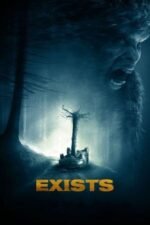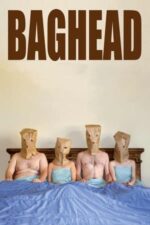The Cabin as a Crucible: Why We’re Still Drawn to Remote Retreats Gone Wrong
There's something inherently unsettling about a cabin in the woods, isn't there? It’s more than just a setting; it’s a cinematic shorthand for isolation, vulnerability, and the potential for things to go horribly wrong. Think back – how many horror movies, thrillers, even dramas have used this simple premise to maximum effect? And why is that? I think it speaks to something deep within us about our relationship with nature, civilization, and ultimately, ourselves.
The appeal isn’t just about jump scares (though those certainly help!). It's the promise of escape – a retreat from the noise and pressures of modern life. But that promise is immediately undercut by the inherent precariousness of being so utterly removed. No cell service, limited supplies, surrounded by… well, wildlife. Suddenly, that idyllic getaway feels less like relaxation and more like a pressure cooker.
Consider Rose: A Love Story, which uses the cabin setting not for slasher thrills but to amplify the tragedy unfolding within. The isolation isn’t just physical; it's emotional, as Rose and her partner grapple with an unimaginable affliction. The woods become a visual representation of their shrinking world, closing in on them as Rose transforms. It’s heartbreakingly beautiful and profoundly unsettling – proving that even without supernatural threats, the cabin can be a stage for devastating drama.
Then you have films like Revenge of the Boogeyman or Deer Camp ‘86, which lean into the more familiar horror tropes. The cabin becomes a trap, a place where anxieties and fears manifest in terrifying ways. Deer Camp '86, with its 1980s aesthetic and focus on male friendship under duress, is particularly compelling – it taps into that primal fear of the unknown lurking just beyond the campfire light. It's like those old urban legends you’d hear as a kid, amplified by the claustrophobia of being surrounded by dense forest.
And let's not forget Night of the Skinwalkers. The cabin here isn't just isolated; it's a last stand against an alien invasion. That sense of utter helplessness – knowing that escape is impossible and something terrifying is out there – is incredibly potent. It’s a fantastic example of how the “cabin in the woods” trope can be adapted to explore larger anxieties about societal collapse and the fragility of human existence.
What's fascinating is how this setting continues to evolve. Playing with Dolls: Havoc takes the slasher formula and cranks it up to eleven, emphasizing the brutality and psychological impact on its victims. Each film offers a slightly different spin on the core concept, reflecting changing anxieties and cinematic trends.
Ultimately, the cabin in the woods remains a powerful symbol because it allows us to confront our deepest fears – fear of the unknown, fear of isolation, fear of losing control. It's a crucible where characters are stripped bare, forced to face their demons, and often, to discover just how fragile their reality truly is. So next time you’re browsing for something to watch, consider venturing into those woods… but maybe leave the door unlocked, just in case.






































